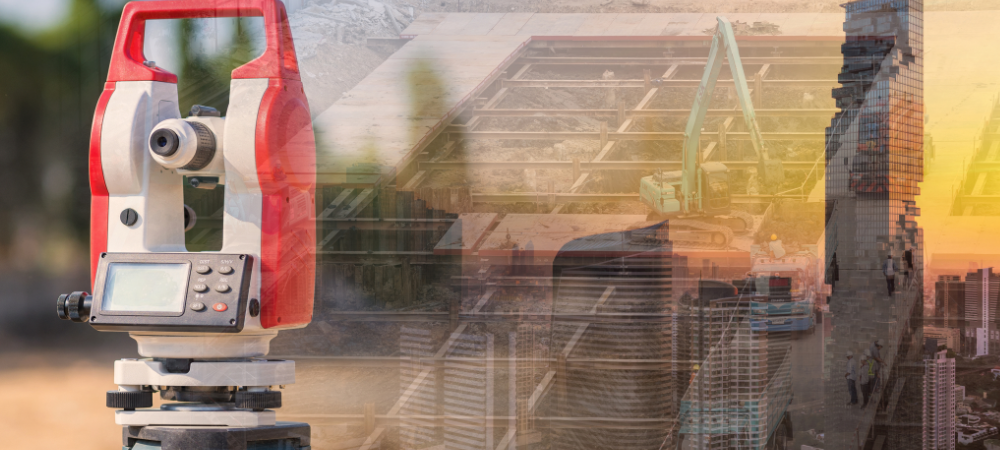Boundary Surveys: Defining Property Lines Understanding the precise boundaries of a property is
crucial for various reasons, from ensuring legal ownership to planning
construction projects. This is where boundary surveys come into play. A
boundary survey is a detailed process that involves the identification and
mapping of a property's boundaries and corners.
At T J Goodwin
& Associates , this month’s blog looks at the importance of boundary
surveys and why they are essential. For information, call us in Norfolk on 01263 587 047 .
What is a Boundary Survey? A boundary survey is a type of land survey that establishes
the exact property lines and defines the true property corners of a parcel of
land. It involves extensive research, measurement, and analysis to determine
the boundaries of a property.
Surveyors use historical records, physical markers, and
advanced technology to ensure accuracy.
Why Are Boundary Surveys Important? Legal Protection One of the primary reasons for conducting a boundary survey
is to protect property owners from legal disputes. Clear and accurate property
lines prevent encroachments and trespassing, safeguarding ownership rights.
Property Development For those planning to build, expand, or renovate, knowing
the exact boundaries is crucial. It ensures that any construction is within the
legal confines of the property and complies with zoning laws and regulations.
Property Transactions When buying or selling a property, a boundary survey
provides a clear picture of what is being purchased or sold. It helps in
accurately describing the property in legal documents and avoids potential
disputes in the future.
Dispute Resolution In cases where there are disagreements between neighbours
over property lines, a boundary survey provides an authoritative resolution.
The surveyor’s findings can be used as legal evidence in resolving boundary
disputes.
The Boundary Survey Process Initial Research The surveyor begins by researching public records, including
deeds, previous surveys, and maps. This helps in understanding the historical
context and any existing legal descriptions of the property boundaries.
Field Work Using specialised equipment, the surveyor measures the land.
They identify and mark the property corners, often using stakes or other
markers.
Data Analysis The collected data is then analysed, and the surveyor
reconciles it with the historical records. This step ensures that the current
measurements align with the legal descriptions.
Mapping & Reporting The final step involves creating a detailed map that
outlines the property boundaries and any significant features. The surveyor
provides a report that includes their findings and certifies the accuracy of
the boundaries.
Choosing the Right Surveyor When opting for a boundary survey, it is essential to choose
a qualified and experienced surveyor. Look for surveyors who are members of
recognised professional bodies, such as the Royal
Institution of Chartered Surveyors (RICS) in the UK.
Verify their credentials and review their previous work to
ensure they have the expertise needed for your specific requirements.
Contact T J Goodwin & Associates
For more information about our available services, contact T
J Goodwin & Associates. Call us in Norfolk on 01263
587 047 or 07768 733 150 .
Alternatively, you can make an enquiry via our contact form .




